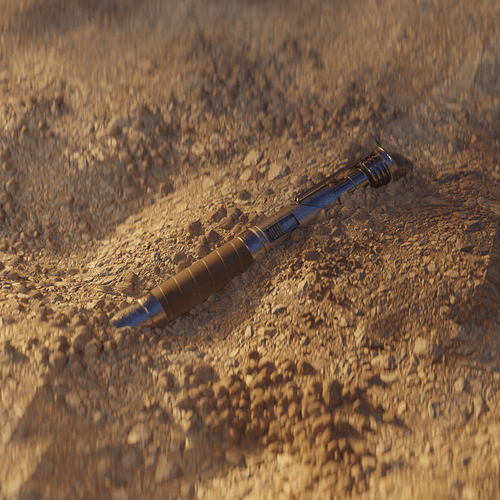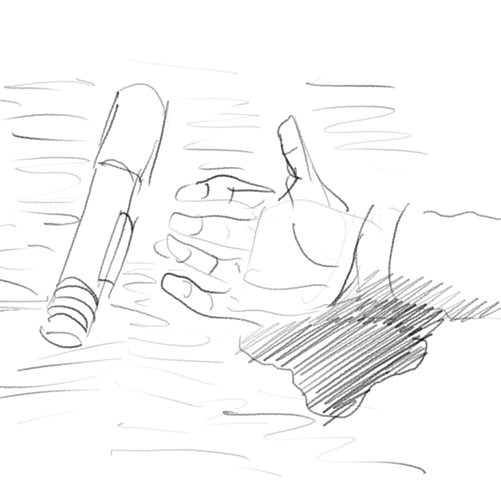Hello and welcome to BA !
Well, that depends a lot on you  Why you made that project in the first place, what was your motivation behind the creation of that asset ?
Why you made that project in the first place, what was your motivation behind the creation of that asset ?
If the point is about showing the model, maybe it’s better to present it out of context so we can see it better. If you want to take that opportunity to create an image as a whole, then yes you’ll have to think in terms of storytelling and maybe what do you want us to feel when looking at the image, but it’s not always mandatory.
On top of that, “storytelling” is a tool that can be used at very different levels to make your work more grounded in reality.
Say I take a photo of my wallet, there will be some coherence to it, it will probably says a lot about me and a photo of your wallet will told a totally different story.
Every little details will scream some clues about who is the person this object belongs to.
In 3D, since we make everything from scratch, we need to find ways of getting to that same level of refinement in our work in order to make stuff that looks natural. And since what we do end up most of the time in a story ( movie, videogame) we need to make sure everything is part of the same universe.
Say you need to design and model a knife for an indiana jones character, it will be very different from a cyberpunk gangster, or a military one.
Storytelling can/should be included in the design, modeling, texturing, and if you want to push it further this can be done also in the way you present the asset you’ve done.
And to get back to what I was saying later, if what you do is part of an universe, like if I’m modeling a character for a short film I want to make, then I should take every opportunity to give story elements. It doesn’t need to be a “true story” but every details should inform about the character and the universe he/she lives in. This is when storytelling is very important and someone should be able to look at the image and express all the intentions and clues that have been put into the design.
And sometimes the story is more a tool for yourself to build coherence. In your image what’s the saber is doing there, who owns it, how long it’s been there , stuff like that…
Thinking about that will help you to make sure everything is coherent. But all these story point doesn’t need to be explicit and clearly understand by the viewer, it’s more a tool to make things more believable and therefore appealing.
And in the end, that up to you to decide how far you want to go with that thing, how emotional you want the image to be, its not always worth and mandatory !
Maybe try to look at different artists that you like, or run through the gallery and look at what place storytelling is taking in their work, try to see what was the intent of the artist and how it’s conveyed visually !
Hope that helps, sorry for the long answer, I’m getting lengthy when I’m tired !
Have fun !

